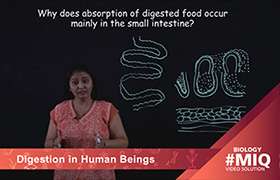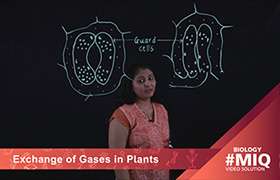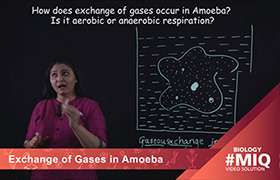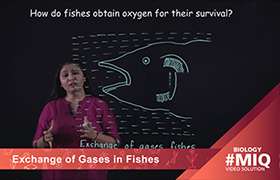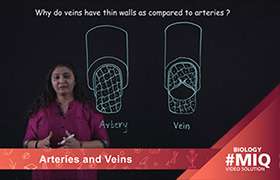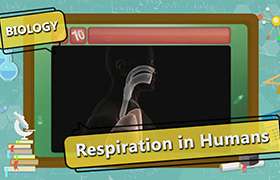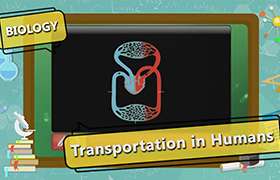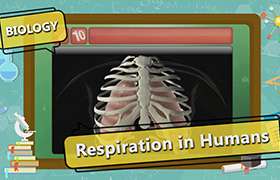CBSE Class 10 Answered
why is virus called intermediate
between living and non living organisms?
Asked by sakshi | 11 Apr, 2012, 04:49: PM
Viruses show both living and non-living charateristics.
Living features:
- They are composed of a single strand of genetic information encased within a protein capsule.
- On entering the appropriate host, the virus becomes active and displays properties typified by living organisms, such as reacting to its environment and directing its efforts toward self-replication
- They are thus able to pass on genetic information to future generations.
Non-living features:
- Viruses lack most of the internal structure and machinery which characterize 'life', including the biosynthetic machinery that is necessary for reproduction.
- Without a suitable host cell, the virus is unable to replicate and behaves like a non-living structure. During this time there are no internal biological activities occurring within the virus, and in essence the virus is no more than a static organic particle. In order for a virus to replicate it must infect a suitable host cell.
- They may even be purified and crystallized like chemical substances.
Hence viruses are said to be intermediate between living and non-living organisms.
Answered by | 12 Apr, 2012, 08:56: AM
Application Videos
Concept Videos
CBSE 10 - Biology
Asked by kunchalasrinivasaraosrinivasar | 23 Apr, 2024, 07:40: PM
CBSE 10 - Biology
Asked by bgmigaurav7318 | 08 Apr, 2024, 01:46: PM
CBSE 10 - Biology
Asked by jayeshsah1995 | 04 Mar, 2024, 12:01: PM
CBSE 10 - Biology
Asked by nsubhashree54 | 24 Feb, 2024, 11:08: AM
CBSE 10 - Biology
Asked by sarmabankupalli9 | 02 Jan, 2024, 08:19: PM
CBSE 10 - Biology
Asked by pavanimullu123 | 26 Dec, 2023, 07:17: PM
CBSE 10 - Biology
Asked by jitendranathsingh331 | 26 Nov, 2023, 06:17: PM
CBSE 10 - Biology
Asked by waccstudies123 | 08 Oct, 2023, 02:10: AM
CBSE 10 - Biology
Asked by 09.10bjanvhijadhav | 16 Sep, 2023, 11:58: PM
CBSE 10 - Biology
Asked by devy64469 | 03 Sep, 2023, 09:25: PM

